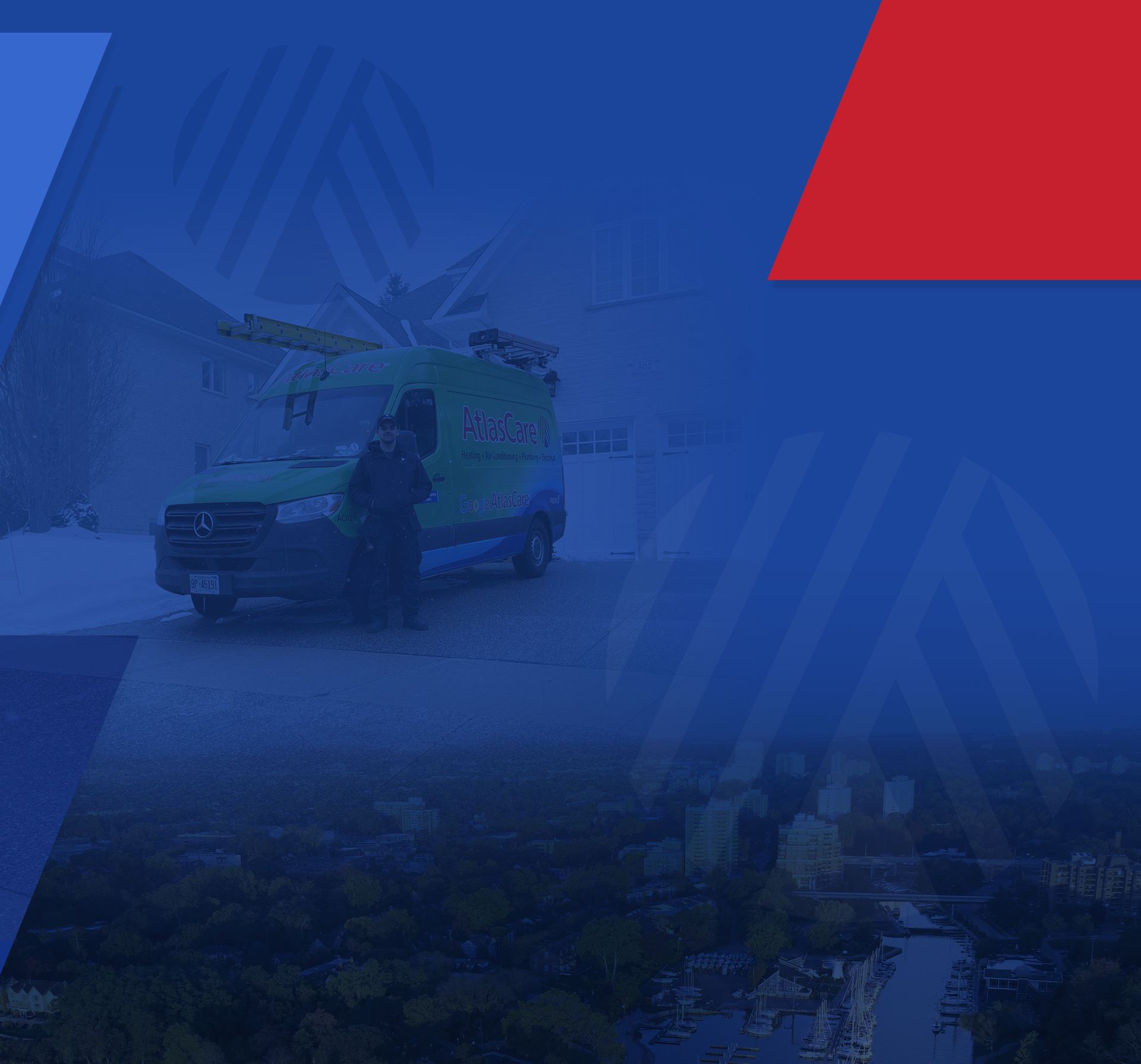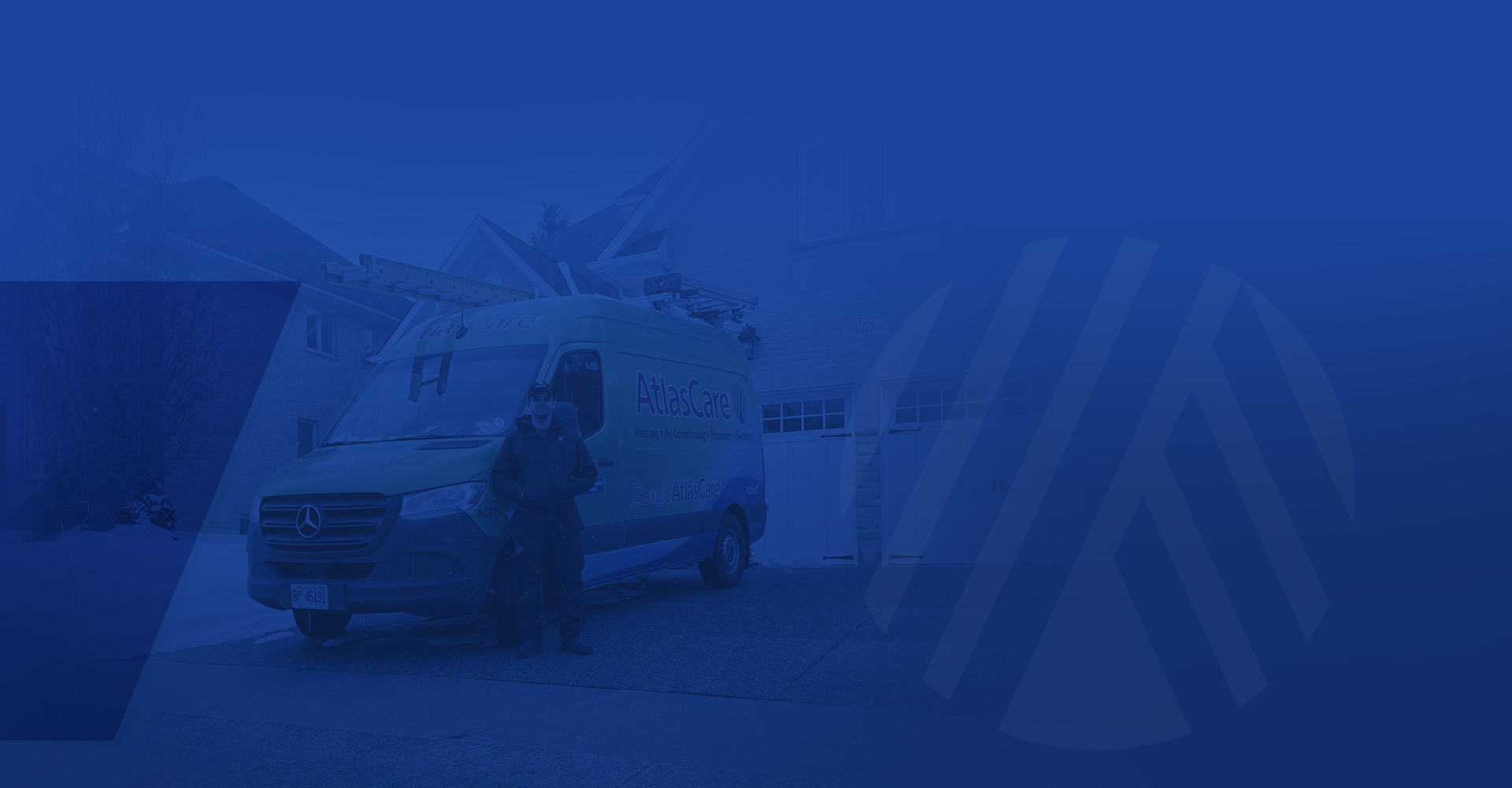5 Things Smart Homeowners Do When They Move
Your move-in checklist probably covers all the basics: labelling boxes, changing your billing address, replacing the locks, and so on.
But did you buy new batteries for the smoke alarms? What about an air duct cleaning?
They don’t take long, but these steps will help keep your family safe and healthy in your new home.
1. Take Photos of Your Empty House
Smart movers unpack their camera first. Why? There are good reasons to take photographs of each room in your new home before you start placing furniture:
- A lot can happen to a house between the time it passed home inspection and the day you finally move in. The only sure way to prove any changes or damage that occurred before you moved in is to document it, preferably with photographic proof.
- Documenting the state of the house before you move in is also important in case the movers cause any accidental damage (like scratching a hardwood floor). To the insurance company, a picture really is worth a thousand words!
- Having photos of each room with bare walls and floors is a big help when it comes time to renovate or redecorate. Once all your furniture is in place, it can be hard to picture the house any other way.
2. Test Smoke and Carbon Monoxide Alarms
It’s the law in Ontario to have at least one working smoke alarm on every level of the house, and at least one carbon monoxide alarm (or a device that combines the two).
One of the first things you should do when you move is replace the batteries in both devices, then test to ensure the alarms are working and your family recognizes them. This is also a good time to mark a reminder in your calendar to replace the batteries again in six months.
Did you know that smoke alarms have an expiration date? While you’re replacing the batteries, turn the device over and look for the date of manufacture on the back. If it has been ten years or longer since then, it’s time to replace it.
3. Check for Water Leaks
With the house empty and the plumbing unused for at least a few hours, moving day is a good time to test for potential water leaks. One simple way to do this is to look at your water meter. To check for water leaks using your water meter:
- Make sure all the faucets (indoors and outdoors) are shut off.
- Locate the water meter in your home. In Ontario, the meter is usually found in the basement, often in a basement laundry room or furnace room.
- Note where on the meter the red triangle is pointing. Take a photo of the meter with your phone so you don’t have to write it down.
- Check the meter again two hours later. If you haven’t used any water during that time, and the red arrow has moved, you may have a leak.
It pays to do the ‘water meter test’ as soon as possible after you move in. Leaky plumbing is a recipe for structural damage and mould growth.
4. Get a Duct Cleaning
If the house has central heating or air conditioning, most of the air you breathe inside the home circulates through the air ducts. And as a new homeowner, you don’t know what has been living in those ducts. Not only do air ducts accumulate dust, but they can also harbour mould and bacteria, which are things you definitely don’t want to breathe in.
While not as urgent as testing smoke alarms and checking for water leaks, duct cleaning should be on your to-do list within the first few months of the move. Not only will it improve your indoor air quality, but it allows your furnace and central air conditioner to run more efficiently, improving the longevity of those essential systems.
5. Locate the Emergency Switches
Every home has its quirks. It will probably take some time before you uncover everything about yours. But there are a few things you should track down right away: namely, the utility shut-off switches.
It’s important to know how to turn off the utilities in the event of an emergency. Every adult in the home should be able to locate the fuse box, natural gas shut-off, and main water stop valve.
If you have moved to a different city or town, you should also note the numbers for the local police, fire department, and by-law enforcement. These numbers are easily available online, but you don’t always have internet access in an emergency, so it’s smart to add them into your cell phone contacts or pinned to your fridge just in case.






